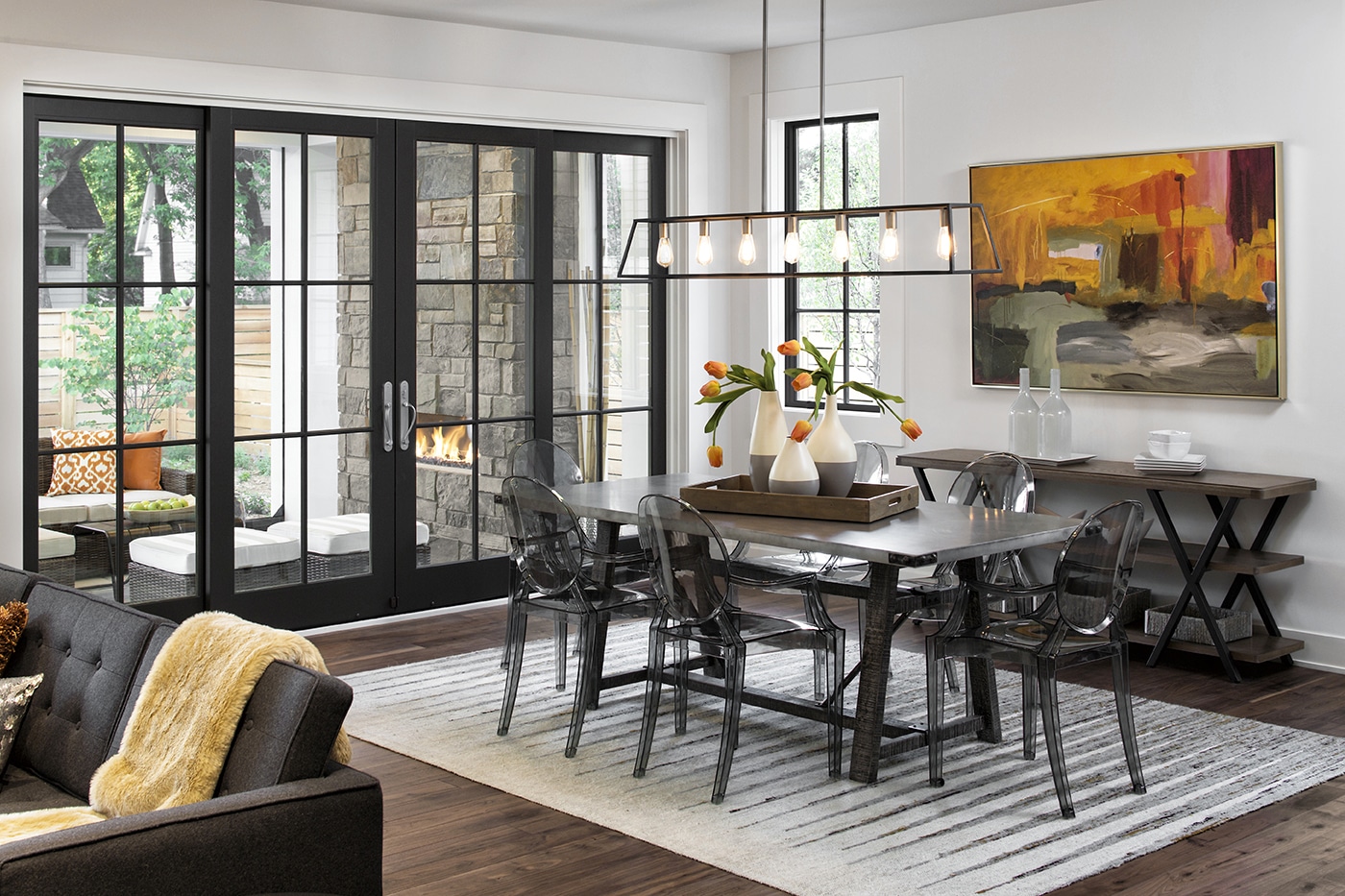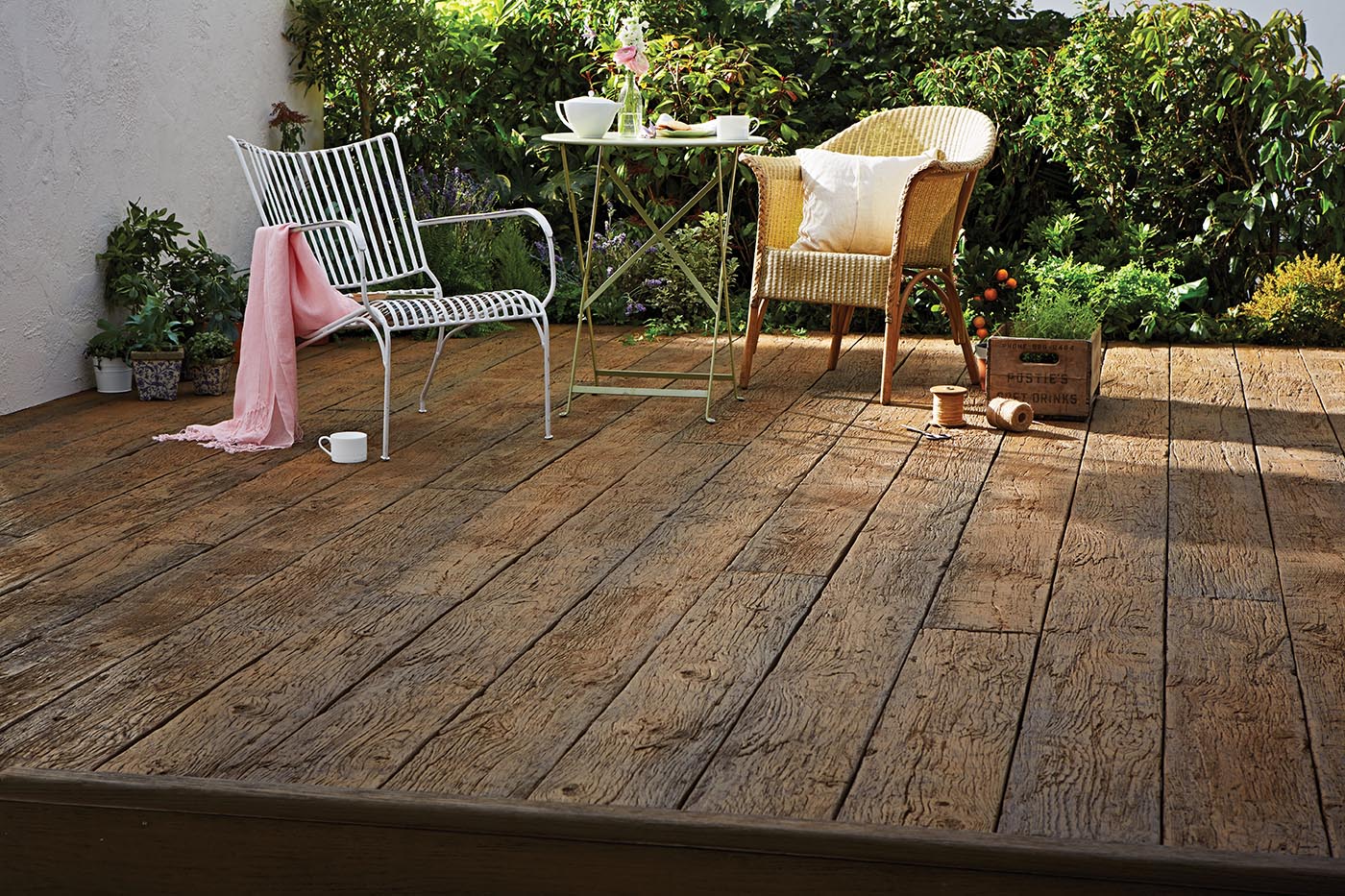Energy-Efficient Insulation Tips For Creating A More Comfortable Home In The Winter
Our team answers homeowner questions every weekend on WCCO 830 AM from 9:00 am-10:00 am. Have your most pressing home improvement quandaries addressed by calling or texting 651-461-9226. Here’s the must-know information our COO, Andy Lindus, shared on 2.12.22.
How To Improve Insulation In House (And What To Avoid)
When it comes time for upgraded insulation or ventilation within a home, it’s wise to partner with a contractor that uses diagnostic testing to understand where a home is using and losing energy. Tools can include blower doors, smoke sticks, and infrared imaging. Drafts within a home should be addressed by a reputable professional.
Feeling Cold Air Through Outlets?
Temporary fixes, like outlet insulators, do not fully address the issue of cold air coming through outlets. While they will fix the comfort level of a particular room, they are displacing the cold air elsewhere. If the cold air meets a warm surface inside a wall, condensation can be created. This leads to mold issues. When drafts are noticed, the best places to investigate are a home’s attic or basement because air is moving back and forth from these areas due to the stack effect. As the pressure changes within a home in the winter, the air from the attic is sucked down, creating drafts.
See Our Team Execute An Efficient Insulation Project:
True or False: You Always Need to Remove Old Attic Insulation Before Installing New
Answer: It depends. One of the most commonly asked questions about home insulation projects is whether the old insulation needs to be removed. If the goal of the project is just to complete the attic air sealing, the previous insulation can remain in place. If the entire attic is getting spray foam insulation, the preexisting insulation must be removed. It’s important to know that without addressing ventilation and attic air sealing, simply adding more insulation will not create a more energy efficient home.

What To Do About A Drafty Sliding Glass Door In The Winter
Many homeowners are surprised to learn that sliding door replacement can take place in the winter months. It’s cheaper to have a standard sized door installed. However, if the door is not specially made for the rough opening it is installed in, air leaks can be present, resulting in a drafty sliding glass door. Regardless of the model, sliding patio doors are less energy efficient than French doors. French doors have smaller frames than sliding doors, which allows for more natural light to enter a home.

Solutions For Icy, Slippery Decking: Composite Deck Boards
In the winter months, homeowners with cedar decking often complain about how slippery the boards can be. A composite decking material that gives the appearance of wood without the safety hazard is Millboard®. In addition to its beauty, it comes at a cost-effective price point. Millboard® is offered in an array of colors. It comes with all the accessories needed to build a beautiful deck. Another perk of Millboard® is that it has a thicker profile and texture than a lot of other types of composite decking. Millboard® decking’s ability to look like wood also makes it a desirable option for homeowners looking to imitate the aesthetics of wood without the maintenance. It also ranks high in traction control and does not get as hot as other composite decking materials.

Listen to the Entire Show Here:
